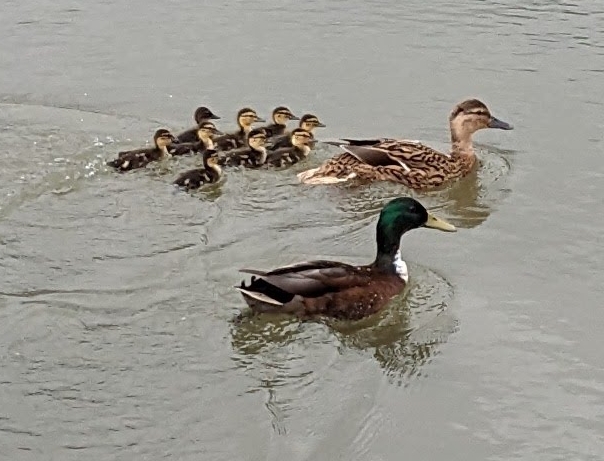
While walking along the River Thames in the countryside beyond Swift Ditch, I spotted my first ducklings of the year. They paddled close together behind their mother, forming a cohesive family unit.
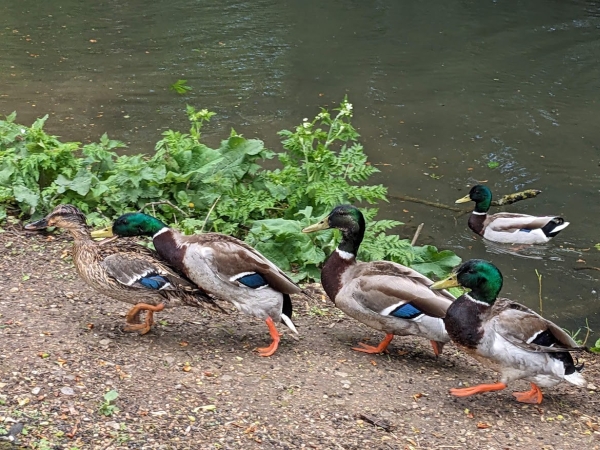
On my way home, near the open-air pool on the Millstream, I saw a group of ducks engaged in what appeared to be mating behaviour. There were males crowding around a single female! She eventually broke free and took flight, with a couple of the males in pursuit.
Category Archives: wildlife
River Ock in Abingdon – December 2023
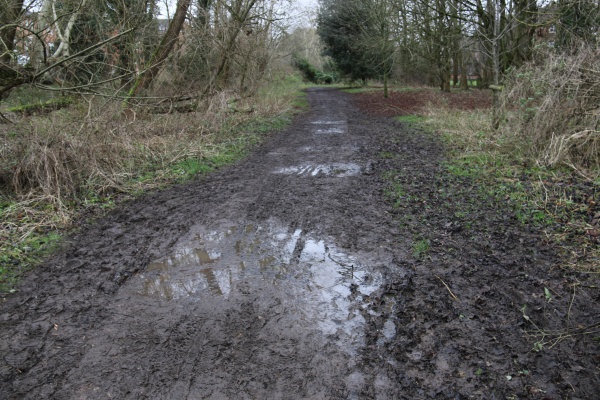
The Ock Valley Walk is muddy at the moment. It looks like a cross-country course with the ground churned and the path spreading as people try to avoid the mud.
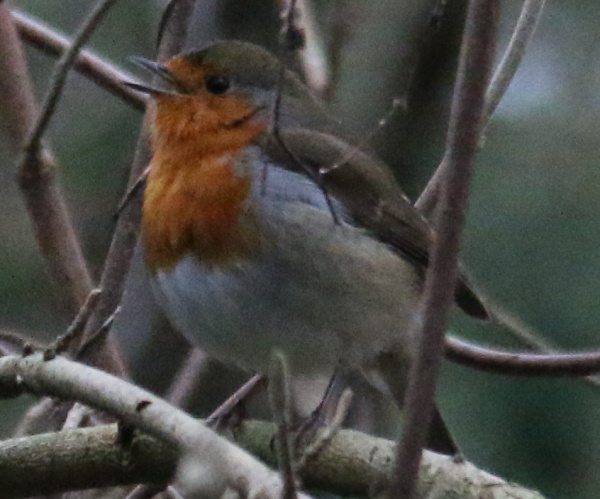
Birds are easier to see now that the leaf cover has gone.
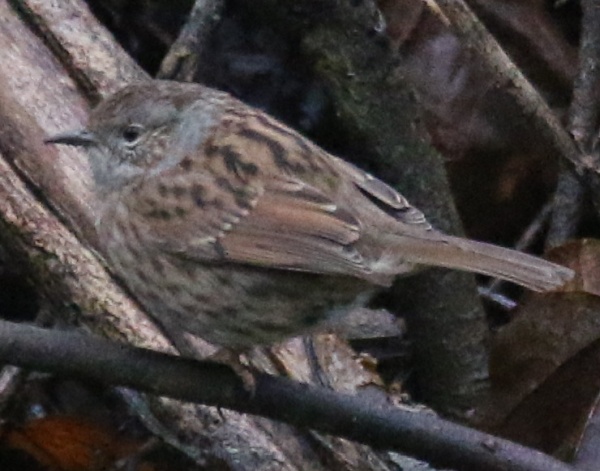
This may be a dunnock (Hedge Sparrow).
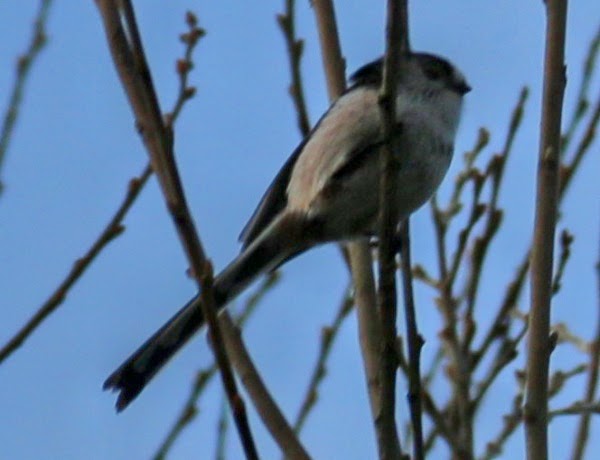
Long Tailed Tit.
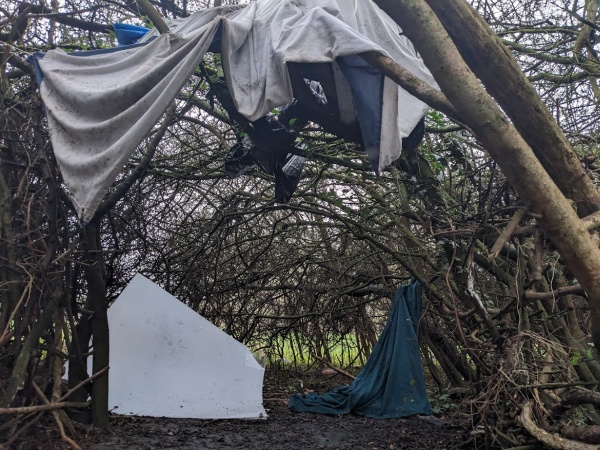
There is a tunnel through some very thick bushes and a hide facing the river. It was out of sight until now.
There are also places where litter is now revealed including a dump from some travellers that was not evident before. I saw two town council staff looking at it and they said they’d have to take a lorry down.
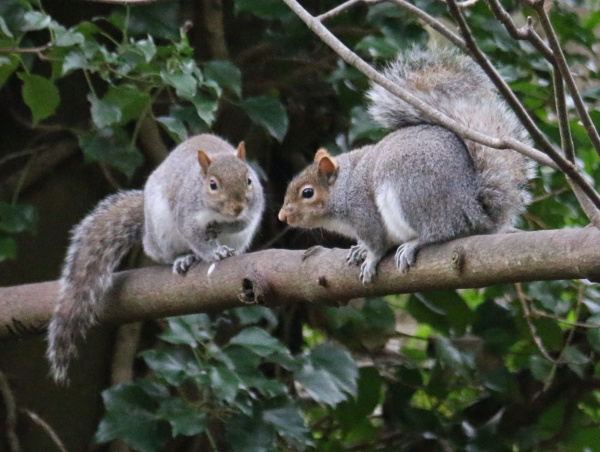
There are lots of squirrels along the Ock Valley Walk.
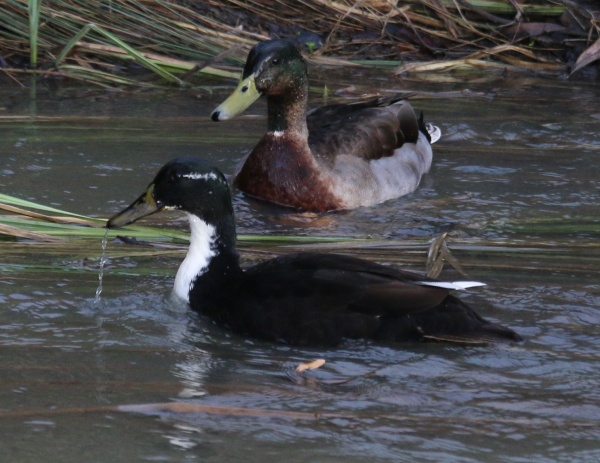
Also more ducks than at other times during the year.
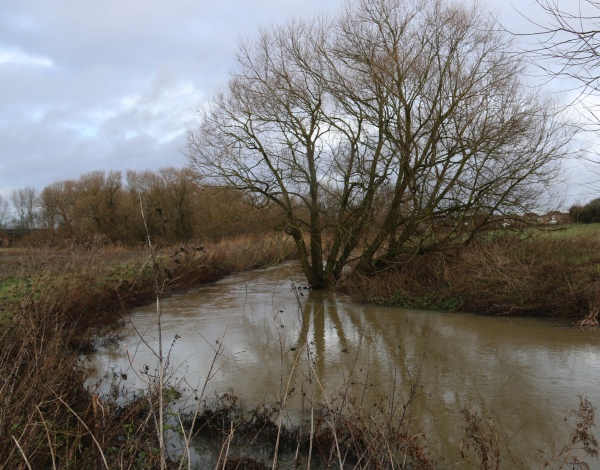
The river is high and sandy looking from all the sediment. It is raining again heavily this evening.
River Ock in Abingdon – November 2023

With the fall of the leaves, the spire of St Helen’s Church can be more easily seen from the Ock Valley Walk.

There are a lot of small birds, mostly tits, flitting about in the trees, or dangling and hopping about between twigs. They are far more visible now that most of the deciduous trees have lost their leaves.
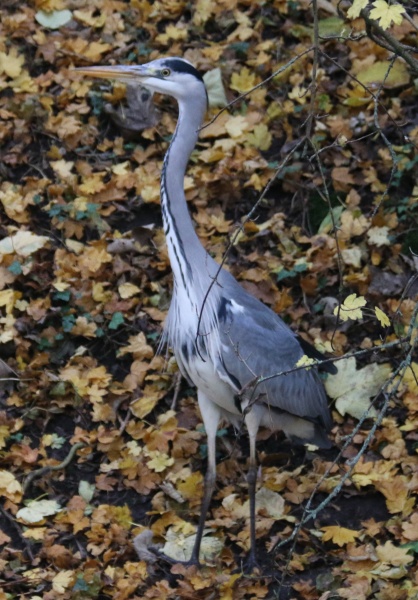
The heron is a common sight along the stream, often hopping onto the bank when approached.
I was recently photographing a deer when I noticed a kingfisher perched on a branch on the opposite bank. Unfortunately, it was gone before I could focus my camera.
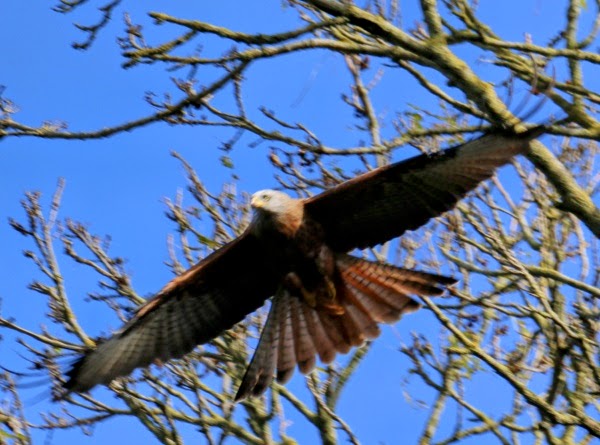
A piercing whistle above the Ock Valley Walk often signals a Red Kite, which can be spotted perched in the high branches and will take flight when startled.
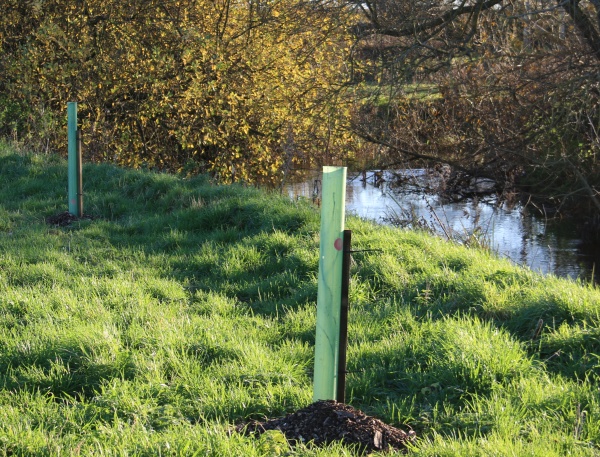
Earlier in the year, ten alder tree saplings planted by Abingdon Carbon Cutters, beside the River Ock, were mowed down by the new lessee of the field. The Vale District Council, the landowner, obtained an apology and a commitment from the lessee to replace the trees, which has now happened.
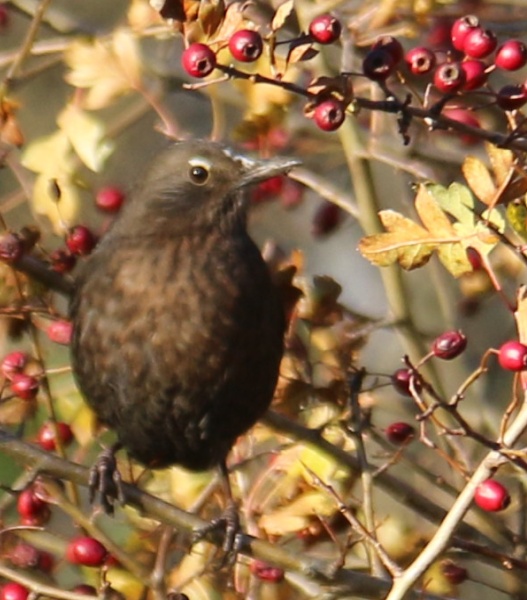
The bushes and vegetation along the River Ock, although reduced, provides valuable habitat for wildlife.
River Ock – October 2023
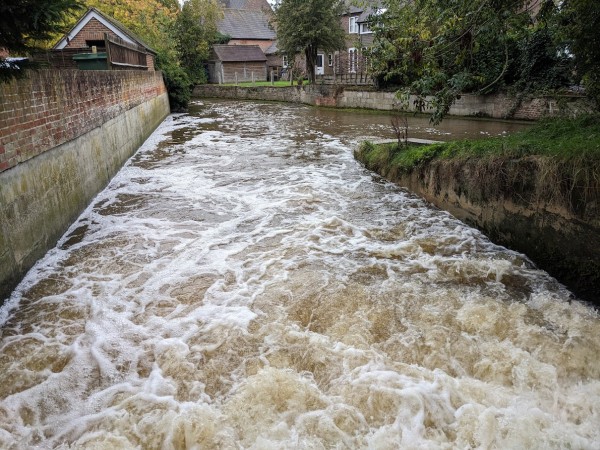
The water churned after it came over the River Ock weir. It was the brown of tea and full of muddy particles. A stream of bubbles flowed down the other stream, caused by the turbulence from the other weir further up.
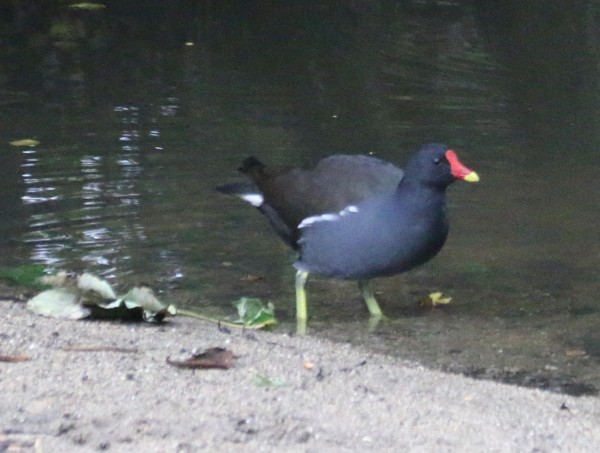
With fewer leaves on the trees, the birds are becoming easier to spot. A kingfisher flew upstream, and a diving bird torpedoed downstream, both moving too quickly for me to get a good look at. But I did manage to see a moorhen.
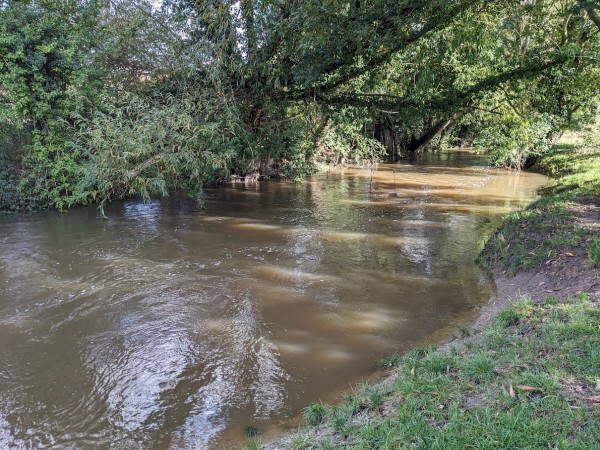
The paddling area (from yesterday’s raffle painting) is now too deep to paddle, and the rope swing is submerged. The river level was at its highest yesterday, but it’s still high today.
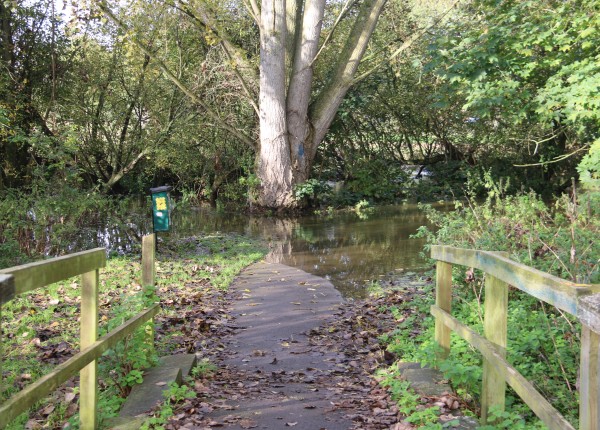
The footpath to Tesco has become a watery cul-de-sac, after the flooding.
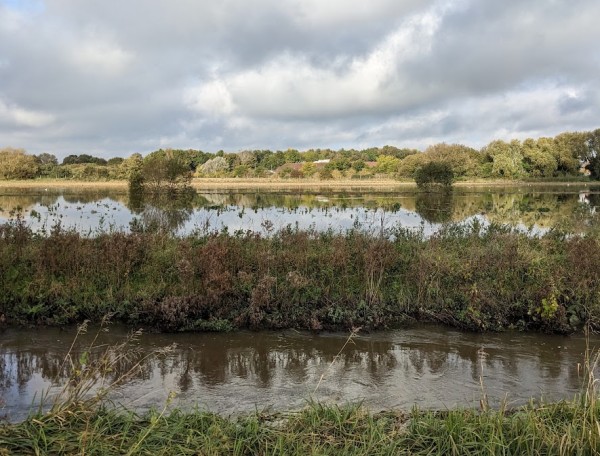
The field between the River Ock and the A34 has been flooded.
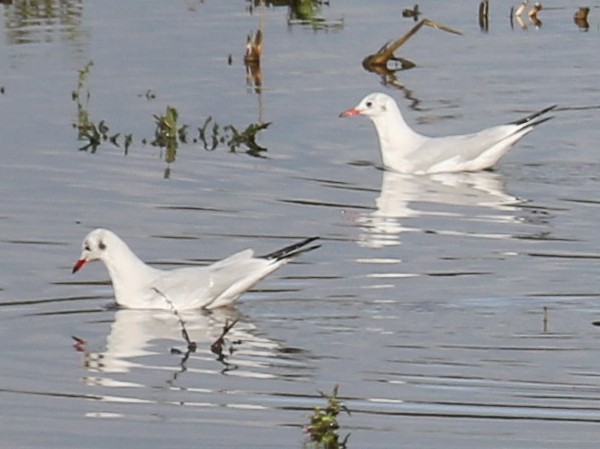
Lots of gulls have come in to enjoy the new temporary flooded field.
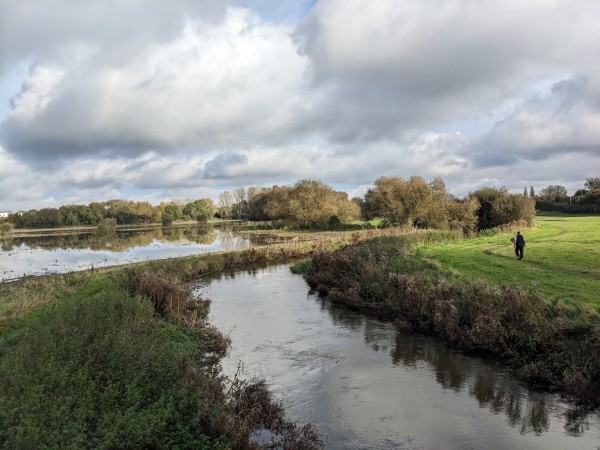
The water has washed over many of the reeds, leaving the river looking more like its old self.